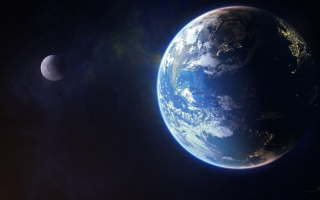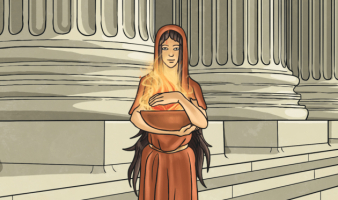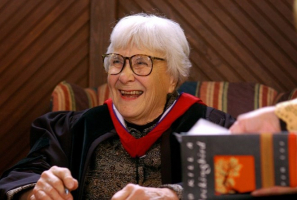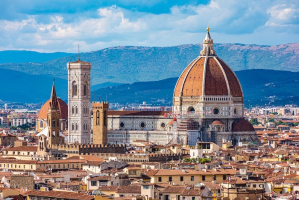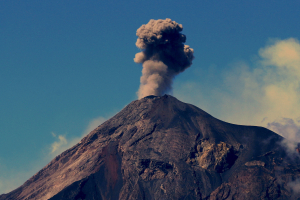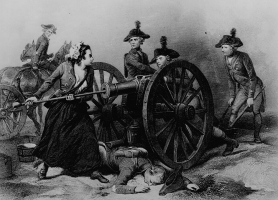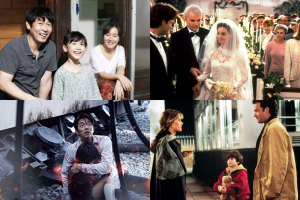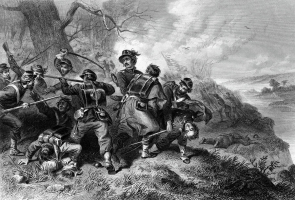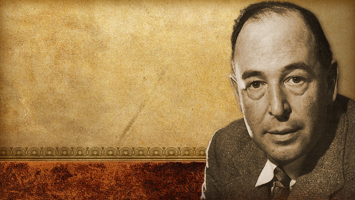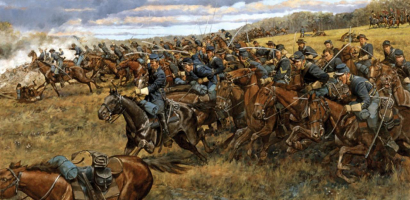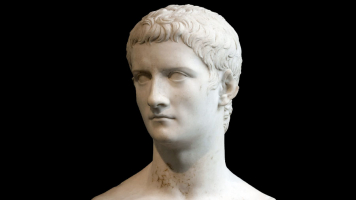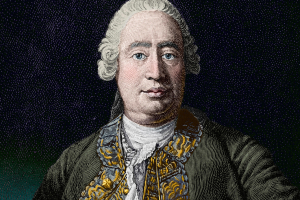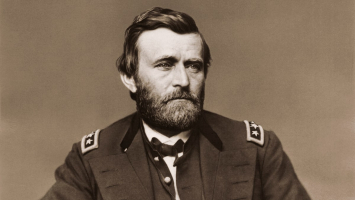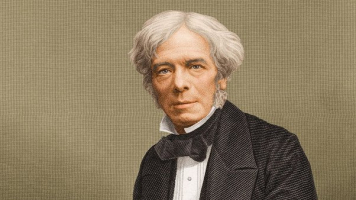Top 5 Facts about International Women's Day
For more than a century, March 8 has been celebrated as International Women's Day in countries throughout the world. While the holiday's purpose varies by ... read more...country, generally, it's a means to honor women's accomplishments and promote gender equality, more it's than just a hashtag. Let's take a look at some of the things to know about International Women's Day!
-
International Women's Day is celebrated in many countries all over the world. It is a day when women are recognized for their achievements regardless of national, ethnic, linguistic, cultural, economic, or political. From those early days, International Women's Day has taken on a new global significance for women in both rich and poor nations.
In fact, International Women's Day started with a protest that took place in New York City in 1908. This day was determined by the Socialist Party of America to honor the 1908 garment workers' strike in New York, in which women protested poor working conditions. The event, organized by members of the Socialist Party of America, included a march and protest, as well as hundreds of inspirational speeches by notable female leaders, including Labor Party organizer Leonora O'Reilly and famed writer Charlotte Perkins Gilman. Thousands of demonstrators attended various events around the city, uniting the crowds around one consistent message and theme: women deserve full equality with men.
The event in New York was a huge success, and by 1911, Women's Day celebrations had extended to Europe, with observances in both London and Paris. By 1917, women in Russia had begun to mark the day with their own demonstrations and assemblies, led by feminist Alexandra Kollontai. In fact, Vladimir Lenin (the founder of the Russian Communist Party) went so far as to make Women's Day an official Soviet holiday. Spain and China quickly followed, and by the 1970s, International Women's Day had become a truly global phenomenon.

Photo by Omar Lopez on Unsplash 
Photo by Courtney Cook on Unsplash -
In 1913, International Women’s Day was recognized in Russia for the first time, and it catapulted to become part of what led to the Russian Revolution in 1917. Women's lives in the Russian Empire before the Revolution were extremely diverse. While wealthy women had access to limited education, especially when women's higher education courses were introduced in the late 1870s, peasant women (who comprised the majority of the Empire's female population in the 19th century) were mostly illiterate. Despite class differences, society remained strongly patriarchal, and women of all backgrounds were not able to vote or hold public office until 1917.
In 1917, women in Russia celebrated the day by going on strike for 'food and peace' in order to protest World War I and fight for gender equality. The protest was led by Poliksena Shishkina-Iavein, President of the League for Women's Equal Rights and Russia's first female gynecologist, and the revolutionary Vera Figner, and up to 40,000 women participated. Tsar Nicholas II, the country's leader at the time, was unsatisfied and directed General Khabalov of the Petrograd Military District to put a stop to the protests; and to kill any lady who refused to stand down. But the ladies were undaunted and continued their protests, leading the Tsar to abdicate just days later. The Russian interim government then granted women the right to vote.

Photo by Priscilla Du Preez on Unsplash 
Photo by Thought Catalog on Unsplash -
International Women's Day (IWD) has been celebrated since the early 1900s, during a period of rapid growth and turbulence in the industrialized world, with booming population growth and the rise of radical ideologies. For the first, in 1908, there was widespread unrest and critical debate among women. Women's oppression and inequality were driving them to become increasingly vocal and active in struggles for change. Then, in 1908, 15,000 women marched through New York City demanding shorter hours, better pay, and voting rights.
Until the year of 1975, the United Nations officially adopted to celebrate International Women's Day for the first time. Since then, the United Nations has served as the event's main sponsor, encouraging even more nations to join in honoring "acts of courage and resolve by ordinary women who have played an outstanding role in the history of their countries and communities". In 1977, the United Nations invited members to proclaim March 8th as the UN Day for Women’s Rights and World Peace. In 1996, the UN announced its first annual theme "Celebrating the past, Planning for the Future" which was followed in 1997 with "Women at the Peace table", in 1998 with "Women and Human Rights", in 1999 with "World Free of Violence Against Women", and so on each year until the current.
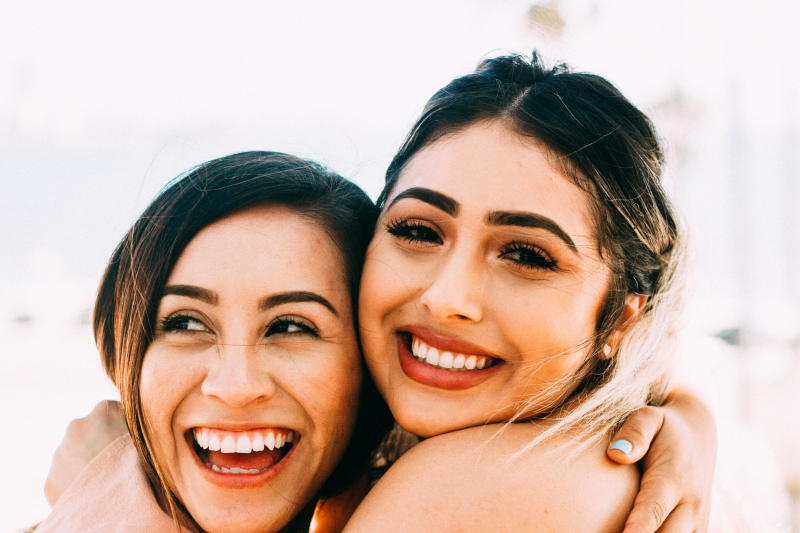
Photo by Omar Lopez on Unsplash 
Photo by Priscilla Du Preez on Unsplash -
Every year on March 8th, International Women's Day is celebrated, and it is a day dedicated to recognizing the achievements of women throughout history. International Women's Day is a day when women from all backgrounds and cultures can come together to promote women's rights and raise awareness about women's issues.
27 countries (mainly former Soviet republics) have adopted International Women's Day as a national holiday, and it is widely observed in several others. These countries that observe March 8 as a national holiday include Afghanistan, Armenia, Azerbaijan, Belarus, Burkina Faso, Cambodia, China, Cuba, Georgia, Guinea-Bissau, Eritrea, Kazakhstan, Kyrgyzstan, Laos, Madagascar, Moldova, Mongolia, Montenegro, Nepal (for women only), Russia, Tajikistan, Turkmenistan, Uganda, Ukraine, Uzbekistan, Vietnam, and Zambia. In 2019, Berlin's parliament passed a bill declaring International Women's Day a public holiday.
Most nations that celebrate this holiday will move it to the following Monday if it falls on a weekend. If it occurs on a Tuesday or Thursday, many nations may prolong the holiday to the weekend by declaring an additional public holiday on Monday or Friday - but this is generally offset by making Saturday a working day. Women in China have been entitled to a half-day holiday for Women's Day since 2014. The day is also an official women-only holiday in Madagascar and Nepal.

Photo by Vince Fleming on Unsplash 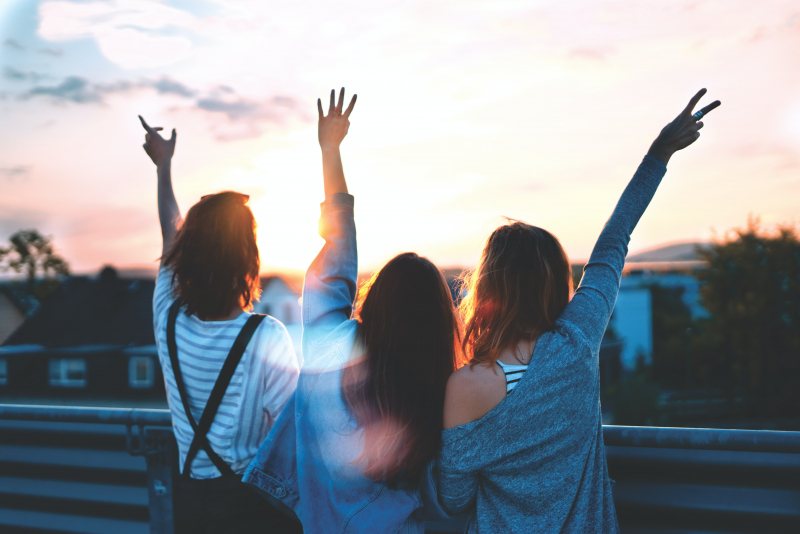
Photo by Simon Maage on Unsplash -
International Women's Day is a day when men and women gather together to honor the social, cultural, economic, and political contributions that women have made to society. At the same time, it is an opportunity to raise awareness of the numerous injustices and inequalities that women continue to face. Mothers started many of the campaigns that brought women's issues to light, and mothers are now on the front lines leading the charge for change.
Some countries, such as Serbia, Albania, Macedonia, and Uzbekistan, combine the two festivals in the same way that Mother's Day doubles as a form of women's appreciation day. In Russia, the first Mother's Day was celebrated in 1913, but after the Soviet revolution, Mother's Day and International Women's Day were celebrated simultaneously "in commemoration of the outstanding merits of Soviet women...and marking the great contribution of women to strengthening friendship between peoples, and the struggle for peace". On this day, children offer their mothers and grandmothers tiny gifts and symbols of love and respect.

Photo by Matheus Ferrero on Unsplash 
Photo by Katie Treadway on Unsplash







